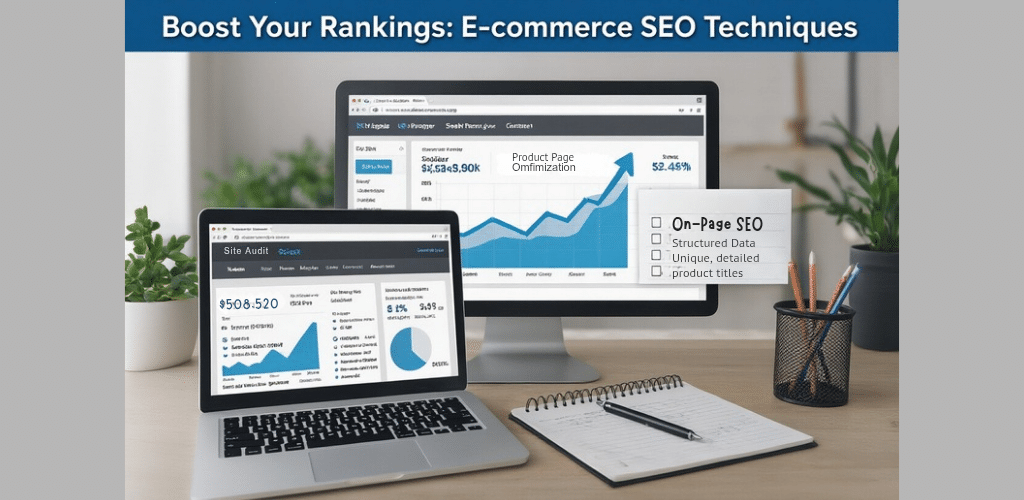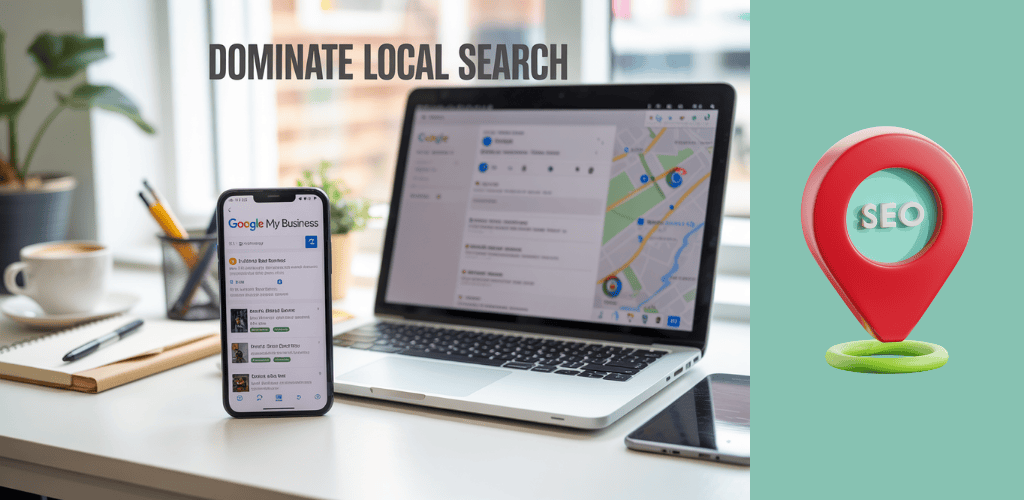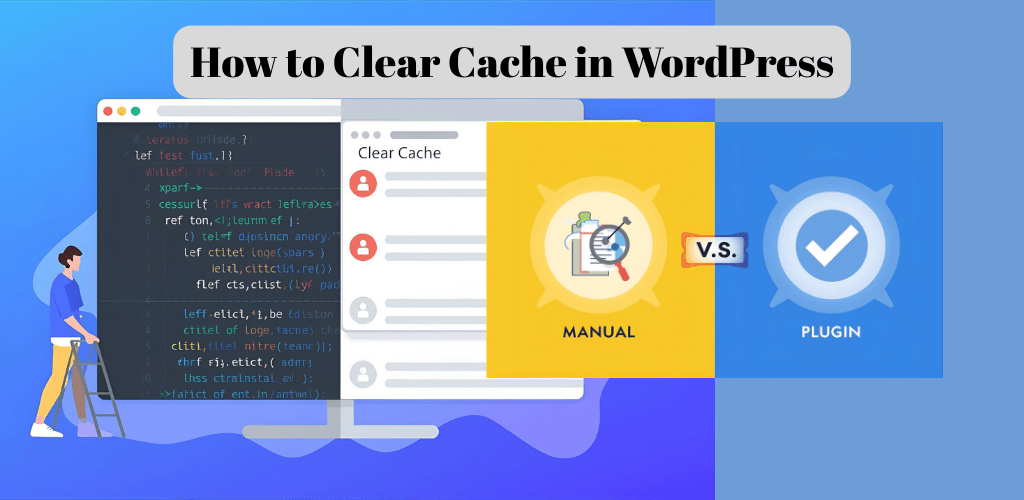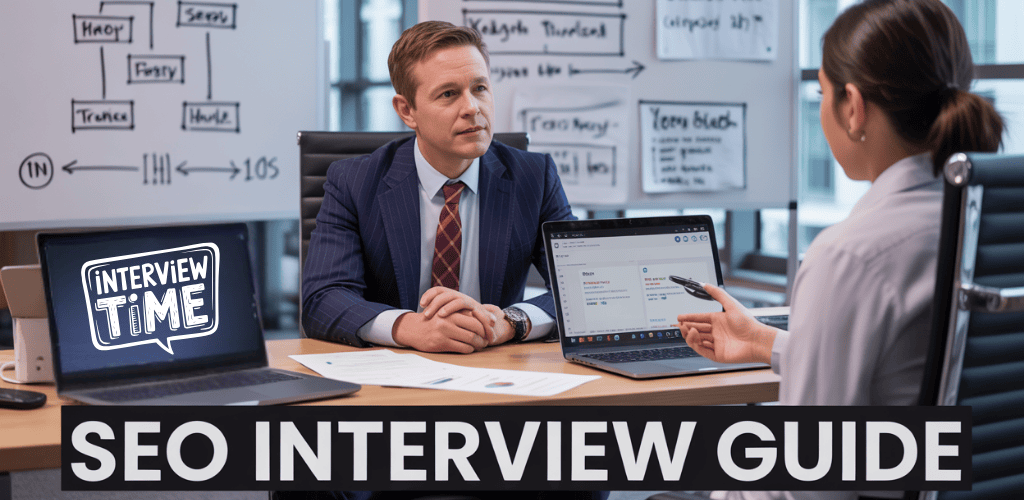Is your e-commerce store stuck on page 7 of Google while your competitors rake in all the traffic? Ouch. Been there.
Here’s the truth nobody’s telling you: most e-commerce sites get on-page SEO completely wrong, then wonder why they’re invisible online.
In this guide, I’ll walk you through proven on page SEO techniques for e-commerce sites that can dramatically boost your rankings without waiting months for results.
I’ve helped over 50 online stores climb from obscurity to first-page rankings using these exact methods. The best part? You don’t need to be a technical wizard to implement them.
But before I reveal these techniques, there’s one critical mistake nearly every store owner makes that sabotages their SEO efforts from day one…
Table of Contents
Understanding E-commerce SEO Fundamentals
Why On Page SEO techniques for e-commerce Matter
The truth? Without solid on page SEO techniques for e-commerce, your beautiful e-commerce site might as well be invisible.
Think about it – you’ve invested thousands in product photography, built a slick website, and stocked incredible products. But if Google doesn’t understand what you’re selling, none of that matters.
On-page SEO is your direct line of communication with search engines. It’s how you tell Google, “Hey, this page is about women’s running shoes” or “This category features organic baby clothes.” Without these signals, search engines are just guessing what your pages are about.
For online stores specifically, on-page SEO matters even more than for regular websites. Why? Because you’re dealing with hundreds or thousands of products, complex site architecture, and fierce competition.
The payoff is huge though. When done right, on-page SEO:
- Brings qualified, ready-to-buy traffic to your site
- Reduces your reliance on paid advertising
- Creates a 24/7 sales channel that works while you sleep
- Builds trust with customers who find you organically
Key Ranking Factors for E-commerce Websites
Not all ranking factors are created equal in the e-commerce world. Here’s what really moves the needle:Product page optimization – This is where the magic happens. Each product page is a potential landing page from search. Focus on:
- Unique, detailed product titles
- Rich descriptions that answer common questions
- Alt text for all product images
- Clear pricing and availability information
Category structure – How you organize your store matters enormously. Your category pages should:
- Target broader keywords than product pages
- Use clean URL structures (/mens-shoes/running/ not /c123456)
- Include helpful content beyond just product listings
Site speed – Shoppers bail after 3 seconds of waiting. Period. And Google knows this. Optimize your:
- Image file sizes
- Server response time
- Mobile experience (this is non-negotiable in 2023)
User experience signals – Google watches how people interact with your site. They track:
- Bounce rates when visitors leave immediately
- Time spent browsing your products
- Whether visitors click deeper into your site
Setting Realistic Expectations for SEO Results
I won’t sugarcoat this: e-commerce SEO isn’t an overnight fix.
The bigger and more established your store, the longer it takes to see dramatic changes. Here’s a realistic timeline:
1-3 months: Technical improvements show initial impact. You’ll see Google crawling more pages and fixing indexing issues.
3-6 months: Product and category pages start gaining traction for long-tail keywords (the super specific searches with lower competition).
6-12 months: Broader category terms begin ranking, traffic starts growing steadily month over month.
Remember that seasonality plays a huge role in e-commerce. Track year-over-year metrics, not just month-to-month changes.
The most successful e-commerce SEO strategies combine patience with consistent effort. You can’t just “SEO your site” once and forget about it. This is especially true as you add new products and categories.
Optimizing Product Pages for Maximum Visibility
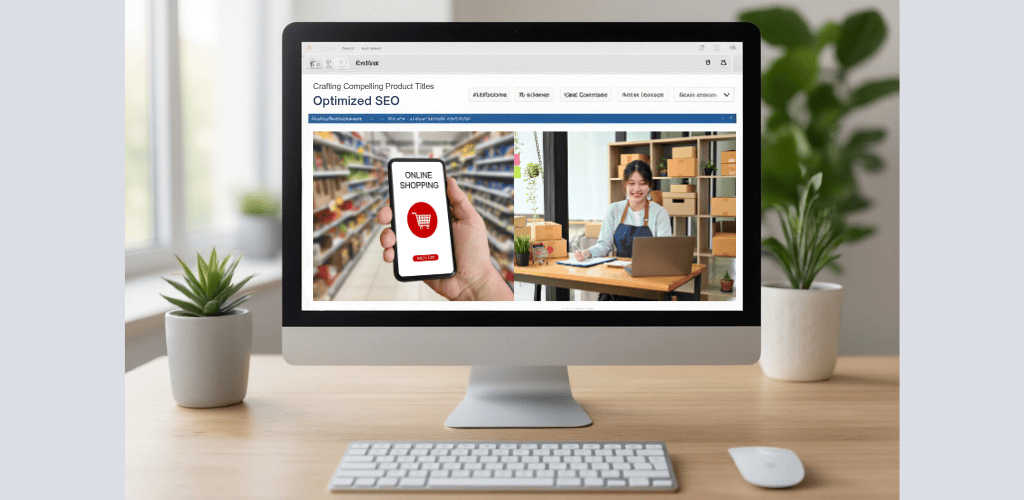
Crafting Compelling Product Titles That Convert
Your product titles aren’t just labels – they’re your first chance to grab a shopper’s attention. And trust me, most e-commerce sites blow this opportunity completely.
The best product titles follow a simple formula: Primary Keyword + Key Feature + Brand + Specifics (size, color, material).
For example, instead of “Blue Shirt,” try “Men’s Breathable Cotton Oxford Shirt – Navy Blue – Perfect for Summer.”
See the difference? The second one answers questions before shoppers even ask them.
Quick tip: Keep titles under 70 characters to avoid truncation in search results. Any longer and Google cuts them off, which is just wasting valuable real estate.
Writing Unique and Keyword-Rich Product Descriptions
Copy-pasting manufacturer descriptions is e-commerce suicide. Google hates duplicate content, and your customers can smell laziness from a mile away.
Good product descriptions solve problems and paint pictures. Tell shoppers why they need this product in their lives. How will it make them feel? What problem does it solve?
Structure matters too:
- Start with a hook that speaks to pain points
- Use bullet points for scannable features
- Include sensory words that help customers imagine using the product
- End with a clear call-to-action
Remember to naturally include your target keywords without stuffing. If it sounds robotic when you read it aloud, rewrite it.
Implementing Structured Data for Rich Snippets
Rich snippets are like VIP passes that get your products noticed in search results. They display stars, prices, availability, and more – directly in Google results.
To get these fancy listings, you need to implement schema markup. It’s basically a special code language that tells search engines exactly what your content means.
For product pages, focus on Product schema markup. At minimum, include:
- Product name
- Description
- Price
- Availability status
- Reviews
- Brand information
Tools like Google’s Structured Data Testing Tool help you check if you’ve done it right. And trust me, the traffic boost is worth the technical headache.
Optimizing Product Images for Faster Loading and Better Rankings
Your gorgeous product photos are killing your rankings if they’re not optimized properly.
The golden rules of product image optimization:
- Compress all images (aim for under 100KB if possible)
- Use descriptive file names (blue-leather-womens-wallet.jpg NOT IMG_29574.jpg)
- Always add alt text that describes the image AND includes keywords
- Consider lazy loading for image-heavy pages
Don’t forget about mobile users. Test how your images load on cellular connections – if they take more than 2 seconds, you’re losing customers.
Using Customer Reviews to Boost Relevance and Trust
Reviews aren’t just social proof – they’re SEO goldmines. Every review adds unique, keyword-rich content to your product pages without you lifting a finger.
Make review submission dead simple. Follow up every purchase with a review request. Offer small incentives if necessary.
Display reviews prominently on product pages and respond to negative ones professionally. This signals to both shoppers and search engines that you’re a trustworthy business.
Pro tip: Add a Q&A section to product pages. The questions customers ask are often exact matches for what people type into search engines.
Category Page Optimization Strategies

Creating SEO-Friendly Category Structures
Category structures can make or break your e-commerce site’s SEO performance. Think about Amazon or Wayfair – their categories aren’t random. They’re meticulously planned for both users and search engines.
The trick? Create a logical hierarchy that mimics how people actually shop. If you’re selling clothing, don’t just dump everything under “Clothes.” Break it down into men’s, women’s, kids’, then further into shirts, pants, dresses, etc.
Keep your category depth to 3-4 levels max. Any deeper and you’re pushing important products too far from your homepage, diluting their SEO value. Remember, pages closer to your homepage typically get more link equity.
Naming categories? Use words your customers actually search for. “Men’s Blue Denim Jeans” will outperform “Guys’ Azure Pants” every time. Do your keyword research and let it guide your category naming conventions.
Good category structure: Home > Men’s Clothing > Pants > Jeans
Poor category structure: Products > Items for Men > Lower Body > Blue Items
Balancing Navigation and SEO Requirements
Your site navigation has two masters to serve: your visitors and search engines. The good news? What’s good for users is usually good for SEO too.
Your main navigation should feature your most important, high-volume categories. But here’s where many e-commerce sites go wrong – they try to cram EVERYTHING into the main menu. This creates a cluttered mess that confuses both shoppers and search engines.
Instead, use a tiered approach:
- Primary navigation: Main category pages
- Secondary navigation: Sub-categories and important filters
- Footer links: Support pages, less critical categories
Remember those breadcrumbs! They’re not just for helping lost shoppers find their way. They create additional internal linking opportunities and help search engines understand your site structure.
Mobile navigation deserves special attention. With Google’s mobile-first indexing, how your categories appear on smartphones directly impacts your rankings. Test your mobile navigation rigorously – if users can’t find categories easily, neither can Google.
Implementing Faceted Navigation Without Causing Indexing Issues
Faceted navigation (those filters for size, color, price, etc.) can be an SEO nightmare if implemented incorrectly. The problem? They can create thousands of thin, duplicate pages that dilute your SEO efforts.
The solution isn’t to abandon filters – they’re crucial for conversions. Instead, control what gets indexed.
Here’s your battle plan:
- Use robots.txt or meta robots tags to block indexing of filtered pages that don’t add unique value. Price filters, for instance, rarely need their own indexed pages.
- Allow indexing for high-value combinations. If you sell running shoes, maybe “Men’s Nike Running Shoes” deserves its own indexed page, while “Blue Running Shoes Under $50” doesn’t.
- Implement canonical tags pointing filtered pages to their parent category. This tells Google: “This is just a filtered version of the main category – give the ranking juice to the parent page.”
- Consider adding a layer of JavaScript. When users click filters, update the page content without changing the URL. This prevents crawlers from following endless filter combinations.
- Monitor your index bloat. If Google’s indexing thousands of filtered URLs despite your best efforts, you might need more aggressive blocking strategies.
Technical SEO Essentials for E-commerce

Improving Site Speed for Better User Experience and Rankings
E-commerce sites with slow loading times are straight-up killing their conversion rates. When your product pages take forever to load, shoppers bounce faster than you can say “add to cart.”
Google knows this too. Site speed is a ranking factor they care about deeply. And for good reason – nobody waits around for slow pages anymore.
Here’s what actually moves the needle when optimizing your e-commerce site speed:
- Compress those product images – Your beautiful high-res product shots are probably 5x larger than they need to be. Use tools like TinyPNG or ShortPixel to shrink them without losing quality.
- Implement lazy loading – Why load products nobody can see yet? Lazy loading means images only load when the user scrolls to them.
- Dump unnecessary plugins – Each plugin adds weight. Audit yours and cut the dead weight. That fancy animation might look cool, but is it worth losing sales over?
- Leverage browser caching – Set longer expiration dates on static resources so returning visitors don’t have to reload everything.
Run your site through Google PageSpeed Insights or GTmetrix and fix what they flag. Even a 1-second improvement can boost conversions by 7%.
Ensuring Mobile Optimization for All Product Pages
More than 60% of e-commerce traffic comes from mobile devices, but most conversion rates on phones are still trash compared to desktop. The gap exists because too many stores still treat mobile as an afterthought.
Mobile optimization isn’t optional anymore. It’s do-or-die.
Your mobile product pages need to:
- Simplify navigation – Thumb-friendly menus and back buttons that don’t require gymnastics to tap.
- Make CTAs prominent – Your “Add to Cart” button should be impossible to miss and easy to tap.
- Adjust text size – Nobody should have to pinch and zoom to read product descriptions.
- Streamline checkout – Each extra field or step on mobile kills another sale.
Test your pages on multiple devices. What looks perfect on your iPhone might be a mess on someone else’s Android.
Fixing Duplicate Content Issues
Duplicate content is an e-commerce nightmare that sneaks up on you. Those nearly identical product descriptions across color variations? Yep, that’s duplicate content in Google’s eyes.
Common culprits include:
- Multiple URLs pointing to the same product (with tracking parameters)
- Filtered product views creating new URLs
- Product variations with minimal text differences
- Pagination creating duplicate title tags
The fix isn’t complicated but requires attention to detail:
- Audit your site with tools like Screaming Frog to identify duplication
- Create unique content for similar products
- Use proper URL parameter handling in Google Search Console
- Implement proper canonical tags (more on that next)
Implementing Canonical Tags Correctly
Canonical tags are your best defense against duplicate content, but most e-commerce sites get them wrong.
Think of canonical tags as your way of telling Google: “Hey, this is the master version of this page – index this one and ignore the others.”
Proper canonical implementation means:
- Adding rel=”canonical” tags to all product variation pages pointing to the main product
- Ensuring your site’s internal links primarily point to canonical versions
- Checking that paginated pages have self-referencing canonicals or proper next/prev tags
- Verifying your e-commerce platform isn’t adding conflicting canonicals
Don’t leave this to chance – incorrect canonicals can tank your rankings faster than anything else.
Content Marketing Strategies for E-commerce SEO

Creating Buying Guides That Rank and Convert
The secret to killer buying guides? They solve problems your customers don’t even realize they have yet.
Think about it—shoppers browsing for a new laptop don’t just want specs. They want to know which model won’t lag during their Zoom meetings or die halfway through their Netflix binge.
Your buying guides should hit these three marks:
- Answer real questions – Dig into your customer service emails, social comments, and review sections. What confuses people most before purchase?
- Structure for skimmers – Break content into digestible chunks with comparison tables. Nobody reads wall-to-wall text anymore.
- Add genuine expertise – Anyone can list features. Only you can explain why your gaming keyboard’s 0.5ms response time matters for competitive play.
Here’s a simple template that works:
– Problem statement (Why shoppers struggle choosing X)
– Key factors to consider (3-5 decision points)
– Product comparisons (Use tables!)
– Best picks for different needs
– Final recommendation
Don’t forget to sprinkle in your target keywords naturally. The days of keyword stuffing are dead—search engines reward helpful content that answers questions thoroughly.
Developing SEO-Optimized FAQ Sections
FAQ sections aren’t just customer service tools—they’re SEO goldmines.
Google absolutely loves FAQ content because it matches exactly how people search now: with questions.
The trick? Creating FAQs that target those juicy long-tail keywords while actually helping customers make buying decisions.
Start by gathering questions from:
- Customer service tickets
- Live chat transcripts
- Social media comments
- Product reviews (especially negative ones)
Then organize them by product category or buying stage.
For maximum SEO impact, structure each FAQ with proper schema markup so Google can display them as rich snippets. This gives you extra real estate in search results—sometimes without the user even clicking through.
Pro tip: Keep expanding your FAQ section monthly. Fresh content signals to search engines that your site remains relevant.
Leveraging User-Generated Content for Fresh SEO Signals
Your customers are secretly writing your best SEO content—you just need to harness it.
User-generated content (UGC) like reviews, Q&As, and social posts provides three massive SEO benefits:
- Fresh content without the work – Each new review adds unique text to your product pages
- Natural keyword inclusion – Customers describe products in search-friendly language
- Increased dwell time – People spend longer on pages with authentic reviews
But don’t just collect UGC passively. Actively encourage it with:
- Post-purchase email sequences requesting specific feedback
- Photo/video submission contests
- Questions that prompt detailed responses (“What problem did this solve for you?”)
- Incentives for detailed, helpful reviews
The smartest e-commerce brands display UGC prominently, not hidden behind tabs. They know authentic customer language converts better than polished marketing copy.
Remember to moderate for quality though—a page full of “Great product!” reviews adds zero SEO value. Prioritize detailed, specific feedback that incorporates natural language and product details.
Internal Linking Best Practices
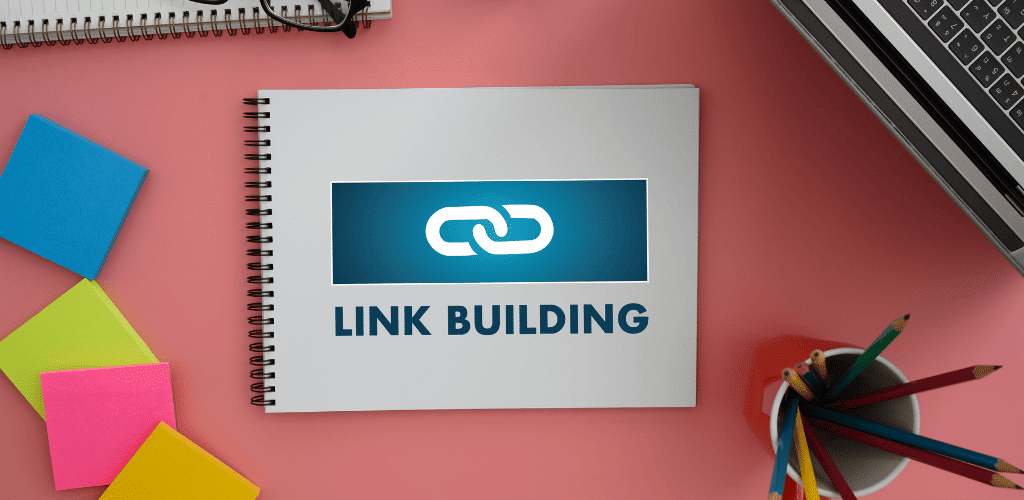
Creating a Logical Site Structure
Internal linking isn’t just about randomly connecting pages—it’s about building a site that makes sense to both visitors and search engines.
Think of your e-commerce site as a physical store. You wouldn’t place women’s shoes next to kitchen appliances, right? The same logic applies online.
Start by grouping related products into clear categories. Then link from broader categories to more specific ones. For example:
Home → Electronics → Smartphones → iPhone Models → iPhone 13 Pro
This creates what SEO pros call a “silo structure” where related content is neatly organized and connected. Google loves this because it shows you’ve thoughtfully organized your content.
Quick tip: Don’t bury important pages too deep. Users (and search engines) should be able to reach any page within 3-4 clicks from your homepage.
Strategic Cross-Selling Through Internal Links
Ever noticed how Amazon shows “Frequently bought together” or “Customers also viewed” sections? That’s smart internal linking at work.
These aren’t just sales boosters—they’re SEO gold. They create natural pathways between related products, increasing page views and dwell time (signals Google uses to determine if your site is valuable).
Some powerful cross-linking opportunities:
- Link complementary products (camera → camera lens)
- Connect alternative options (red dress → same dress in blue)
- Show upgraded versions (basic model → premium model)
The key is relevance. Don’t link to random products just to add links. Ask yourself: “Would someone buying this genuinely be interested in that?”
Using Breadcrumbs Effectively
Breadcrumbs aren’t just for Hansel and Gretel—they’re crucial navigation elements that show users exactly where they are in your site.
Home > Men’s Clothing > Outerwear > Winter Jackets > North Face Parka
They do three important things:
- Help users understand your site structure
- Make it easy to move up to broader categories
- Create additional internal linking opportunities
Make sure your breadcrumbs use proper schema markup so Google can display them in search results. This increases your SERP real estate and improves click-through rates.
Optimizing Menu Navigation for Both Users and Search Engines
Your main navigation isn’t just for humans—it’s one of Google’s first stops when crawling your site.
Most e-commerce sites waste this opportunity with generic menus like “Products,” “About,” “Contact.” Boring!
Instead, use descriptive, keyword-rich navigation labels that clearly communicate what users will find. Compare:
“Products” vs. “Sustainable Outdoor Gear”
“Shop” vs. “Handcrafted Jewelry Collection”
For large catalogs, implement mega-menus that display multiple categories at once. But keep them lightweight—JavaScript-heavy menus can slow page speed and hinder crawling.
Remember to include your most important category and subcategory pages in the main navigation. This passes link equity to these critical pages and signals their importance to search engines.
Measuring Your E-commerce SEO Success

Key Metrics to Track Beyond Rankings
Gone are the days when simply checking your Google positions told the whole SEO story. For e-commerce sites, rankings are just the tip of the iceberg.
The metrics that actually matter? They’re tied directly to your bottom line:
- Organic Revenue: How much money your organic traffic is actually making you
- Conversion Rate from Organic Traffic: Are these visitors becoming customers?
- Average Order Value from Organic Sessions: Are SEO visitors spending more or less?
- Product Page Engagement: Time on page, scroll depth, and click patterns
- Return Rate for Organic Customers: Do these customers come back?
I’ve seen too many store owners obsess over rankings while ignoring a plummeting conversion rate. Don’t be that person.
Track your product impressions in Search Console too. A product might rank well but have a terrible click-through rate because your title and description aren’t compelling enough.
Setting Up E-commerce Specific Analytics
Your standard Google Analytics setup won’t cut it for serious e-commerce SEO tracking.
First things first – make sure enhanced e-commerce tracking is properly implemented. This isn’t optional anymore.
Set up these custom segments to isolate your SEO performance:
- Organic traffic to product pages only
- Organic traffic to category pages only
- New vs returning organic visitors
- Mobile organic traffic (often converts differently)
Create custom dashboards focused on:
- Product performance by organic traffic
- Category page performance
- Search term landing page analysis
Don’t forget to set up alerts for sudden drops in organic traffic to your bestsellers – these can cost thousands before you even notice them.
A/B Testing for SEO Improvements
Most store owners think A/B testing is just for CRO. They’re missing out big time.
You can (and should) test:
- Different product page layouts for SEO engagement
- Various title tag formats to improve CTR
- Category page filtering options that help SEO
- Internal linking structures
The key is isolating the variable you’re testing and measuring both rankings and user behavior.
Google Optimize makes this relatively painless, but make sure you’re not accidentally blocking Googlebot from your test variations.
For quick wins, test your product description formats. I’ve seen conversion rates jump 15% just by reorganizing product specs and benefits.
Creating Monthly SEO Reporting Templates
Drowning in data doesn’t help anyone. Your monthly SEO report should tell a story.
Build a template that includes:
| Section | What to Include | Why It Matters |
|---|---|---|
| Executive Summary | Top 3 wins, top 3 concerns | For busy executives |
| Revenue Impact | Month-over-month organic revenue | Connects SEO to business |
| Page Type Performance | How product vs category pages are trending | Guides content priorities |
| Technical Issues | New crawl errors, indexing issues | Prevents disasters |
| Action Items | Prioritized list with estimates | Makes the report actionable |
Share these reports with both marketing and product teams. Everyone should understand how SEO impacts the business.
Automated reports are great, but add your human insights. The “why behind the what” is what turns data into decisions.
FAQ’s
A. What is an on-page SEO technique?
On-page SEO techniques are all the things you can directly control on your e-commerce website to improve rankings. Unlike off-page factors (like backlinks), these are the optimizations you implement within your own site.
Think of on-page SEO as fixing up your house before inviting guests over. You’re making sure everything looks good, works properly, and creates a great experience.
For e-commerce sites specifically, on-page SEO includes:
- Optimizing product titles and descriptions
- Adding alt text to product images
- Creating unique content for category pages
- Implementing proper heading structure (H1, H2, etc.)
- Improving site speed and mobile responsiveness
- Using schema markup for products
- Crafting compelling meta descriptions
The beauty of on-page SEO? You don’t need anyone’s permission to implement these changes. You control them completely, and they can have a massive impact on your rankings almost immediately.
B. How to do SEO for eCommerce?
Doing SEO for e-commerce isn’t the same as for other websites. You’re dealing with hundreds (sometimes thousands) of product pages, complex category structures, and a whole lot of competition.
Here’s the straight-up strategy for e-commerce SEO success:
- Fix your technical foundation first
- Ensure proper site structure and navigation
- Fix crawlability issues (check robots.txt and sitemap)
- Improve site speed (compress images, minimize code)
- Make sure your site is mobile-friendly
- Ensure proper site structure and navigation
- Master your keyword strategy
- Research commercial intent keywords
- Map keywords to specific product and category pages
- Focus on long-tail product terms (they convert better)
- Research commercial intent keywords
- Optimize product pages like crazy
- Write unique, detailed product descriptions
- Use high-quality images with alt text
- Implement product schema markup
- Include customer reviews
- Add related products section
- Write unique, detailed product descriptions
- Build powerful category pages
- Create unique intro content (not just product listings)
- Use proper filtering and sorting options
- Implement breadcrumb navigation
- Optimize for relevant category keywords
- Create unique intro content (not just product listings)
- Create supporting content
- Develop buying guides
- Start a blog with helpful content
- Create how-to videos
- Build FAQ sections
- Develop buying guides
C. What are the 4 pillars of SEO?
The 4 pillars of SEO form the foundation of any successful e-commerce SEO strategy. Skip any one of them, and your site won’t reach its full potential.
1. Technical SEO
This is the backbone of your site’s SEO. It ensures search engines can crawl, understand, and index your pages properly. For e-commerce sites, technical SEO includes fixing crawl errors, improving site architecture, enhancing site speed, implementing HTTPS, and creating a mobile-friendly experience.
2. On-Page SEO
This covers everything you do within individual pages to improve rankings. For online stores, this means optimizing product titles, descriptions, images, internal links, and using proper header tags and schema markup.
3. Content
Content is still king, even for e-commerce. This includes unique product descriptions, category page content, blog posts, buying guides, and any text that helps users make purchasing decisions. Quality content addresses customer questions and showcases your expertise.
4. Off-Page SEO
This involves activities outside your website that impact rankings, primarily link building. For e-commerce sites, this might include getting featured in product roundups, industry publications, or earning links through exceptional content and partnerships.
D. What is the best SEO tool for eCommerce?
There’s no single “best” SEO tool for e-commerce – you need a toolkit that addresses different aspects of your SEO strategy.
Here’s what your e-commerce SEO toolkit should include:
All-in-One SEO Tools
- Semrush or Ahrefs: For comprehensive keyword research, competitor analysis, backlink monitoring, and site audits
- Moz Pro: Great for tracking rankings and uncovering technical issues
E-commerce Specific Tools
- Helium 10 or Jungle Scout: If you’re selling on Amazon
- Shopify SEO Booster: For Shopify stores
Technical SEO Tools
- Screaming Frog: To crawl your site and find technical issues
- PageSpeed Insights: For measuring and improving site speed
- Google Search Console: For monitoring performance and fixing issues
Content Optimization Tools
- Clearscope or Surfer SEO: For optimizing product descriptions and content
- Grammarly: To ensure error-free copy
What matters more than the specific tool is how you use it. The best approach is starting with Google Search Console (free) and then adding paid tools as your business grows and your SEO needs become more complex.
Conclusion
Mastering on-page SEO is crucial for e-commerce success in today’s competitive digital landscape. By implementing the techniques outlined in this guide—from optimizing product and category pages to strengthening your technical SEO foundation—you can significantly improve your site’s visibility and drive more qualified traffic. Remember that effective content marketing strategies and thoughtful internal linking are equally important components of a comprehensive SEO approach.
Take action today by auditing your current on-page SEO practices against these proven techniques. Start with the elements that will have the biggest impact on your specific store, measure your results consistently, and make data-driven adjustments. Your e-commerce site’s improved rankings and increased conversions are within reach—it’s simply a matter of implementing these strategies systematically and persistently.

